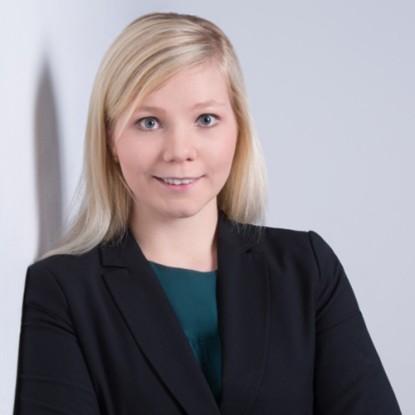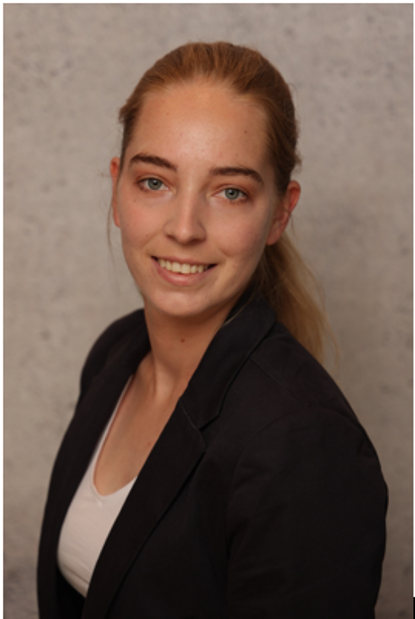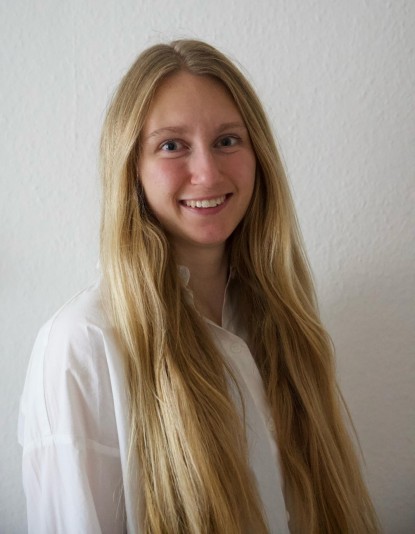Team
| Name | Contact | |
|---|---|---|

Picture: KIT
| Dr.-Ing. Marion Börnhorst | marion.boernhorst@tu-dortmund.de +49 231 755-2564 |

| Lisa Nordhausen M.Sc. | lisa.nordhausen@tu-dortmund.de 1 04.21 |

| Lena Bierhaus M.Sc. | lena.bierhaus@tu-dortmund.de |
Motivation
Multiphase turbulent chemically reacting flows occur in a variety of technical systems, including emission control with preparation of a liquid reducing agent to convert harmful nitrogen oxides (NOx). In this subproject, the multiphase chemical reactions of the urea-water spray are investigated in the context of selective catalytic reduction (SCR) of nitrogen oxides. Previous studies investigated the interaction of urea-water solution with the surfaces of a generic exhaust system, which leads to the formation of wall films and solid deposits. Based on the shown incomplete decomposition of the urea in the mixing section, the investigations have been extended to include multiphase phenomena and reactions in the channels of the honeycomb SCR catalyst.
In the current funding period the increasing relevance of hydrogen engines is taken into account by investigating the chemical and physical interactions of hydrogen with the reactive multiphase system. Furthermore, the geometric complexity of the system is increased by introducing mixer structures between the dosing point and the catalyst.
Objectives
The focus of previous investigations were the multiphase reaction processes between the dosing point of the urea-water solution and the honeycomb catalyst as well as in the catalyst channels. The objectives of the current funding periods are (I) the chemical and physical interactions of H2 with the multiphase reaction system, (II) the flow and reaction conditions on and in vicinity of the mixer as well as (III) the secondary atomization and deposit formation on the mixer. In cooperation with A05 and C05 the hydrodynamics and deposit formation on the mixer are investigated experimentally and numerically.
Previous Findings
For detailed investigations, the optically accessible flow test rig was adapted and extended by an in-situ capillary sampling technique for the measurement of spatially and temporally resolved concentration and temperature profiles in the individual channels of the catalyst.
The results showed the incomplete decomposition of the urea due to the entry of the intermediate product isocyanic acid into the catalyst and its accelerated hydrolysis over the catalyst [Eck 2022]. Through detailed kinetic investigations, new mechanisms for the decomposition of urea were developed, which take thermodynamic equilibria, the formation of eutectic mixtures, and catalytic reactions into account [Tischer 2019, Kuntz 2021, Kuntz 2022]. For the first time, the morphology of the resulting solid deposits was analyzed in detail and correlated with the conditions for solid formation [Schumacher 2023].
Current Work
To account for the complex gas mixture present under close-to-application conditions, the capillary sampling setup was adapted for the use of a Fourier transform infrared spectrometer (FTIR) and a H2-specific mass spectrometer. The FTIR analyzer requires high capillary sampling volumes, which can not be directly achieved with the capillaries, due to the small diameter and the high pressure loss. For this reason, a customized sampling coil setup was developed to collect the sample and feed it to the FTIR as an impact signal. For this methodology, a systematic error analysis was performed to quantify the measurement inaccuracy of the FTIR as well as the influence of the coil setup and the hydrodynamic distortion by the capillary in the channel on the measured mole fractions.
In addition, thermolysis and hydrolysis are modeled in terms of reaction kinetics, which enables integration into scale-resolving models. The focus is the modeling of flow and reaction processes in the catalyst channels.
Furthermore, measurements are performed to determine the influence of hydrogen on the multiphase system. The H2-SCR using a V2O5/WO3-TiO2 (VWT) catalyst according to the state of the art is investigated.
Cooperations
In cooperation with A05, the capillary sampling technique is combined with laser absorption measurements to increase the spatial and temporal resolution of concentration profiles. This enables the measurement of data for reaction kinetic modeling of the thermolysis and hydrolysis reactions. Reaction kinetic models are exchanged with C05 for integration in scale-resolving simulations. Furthermore, data on deposit formation and film evaporation are provided to A01 and B01. In addition, the methods for modeling the kinetics of multiphase reactions were transferred from B05.







